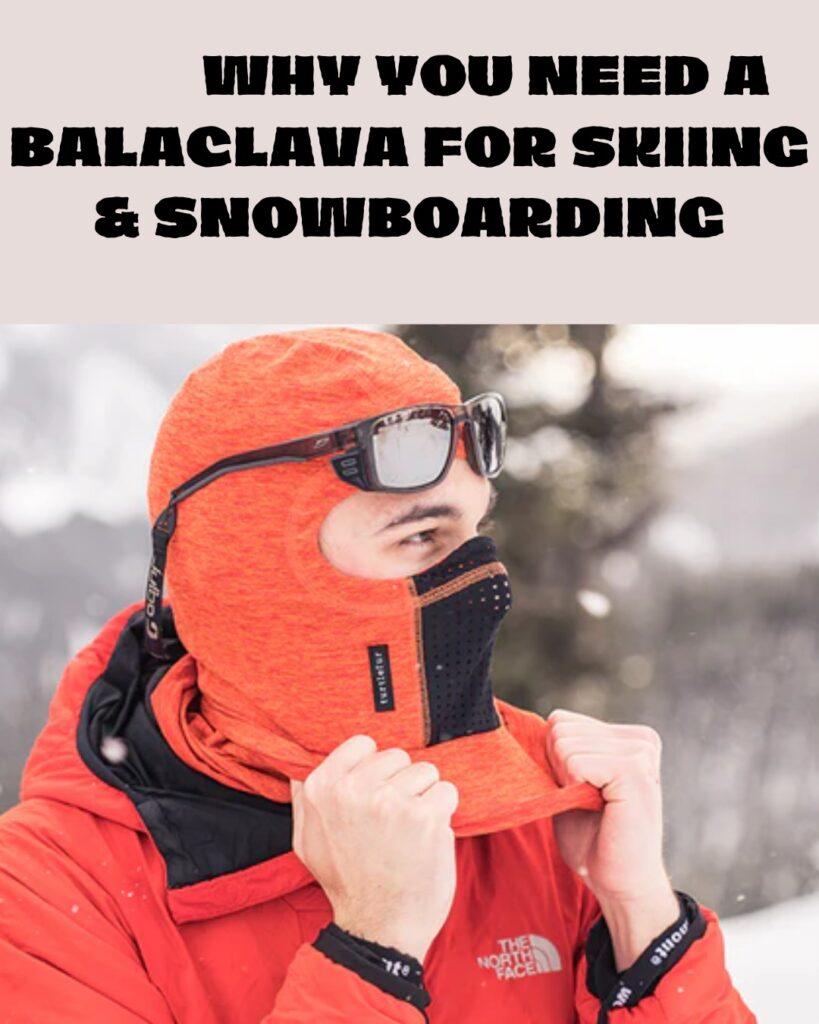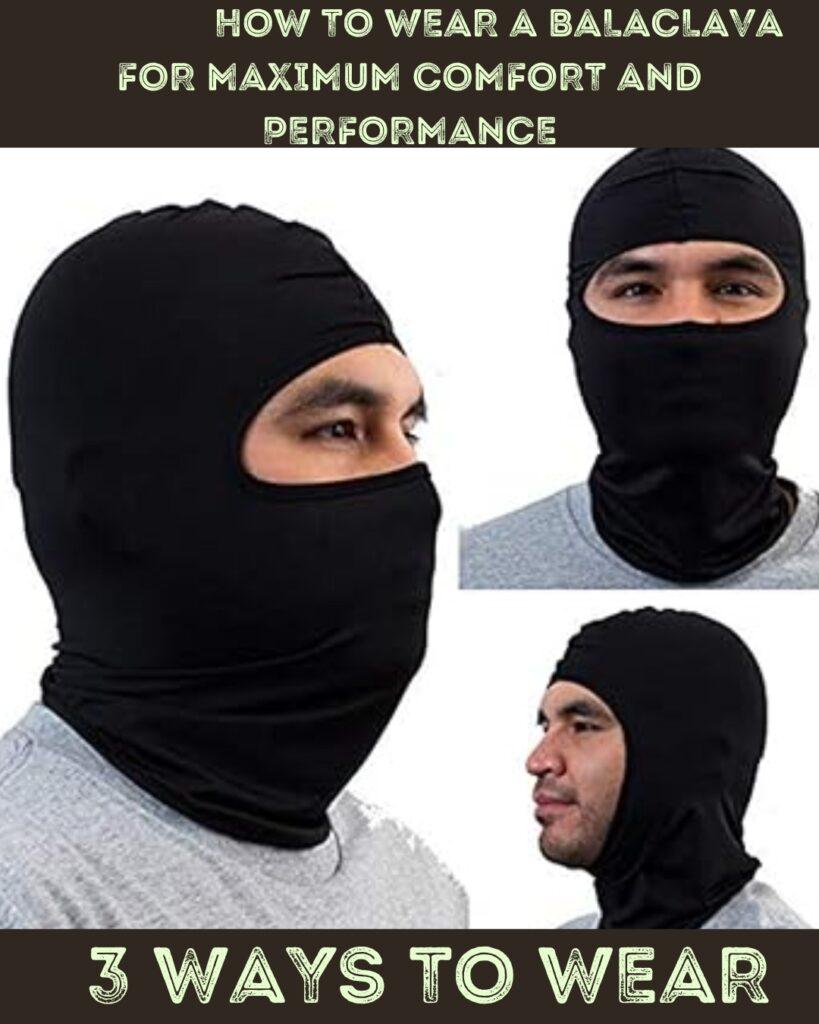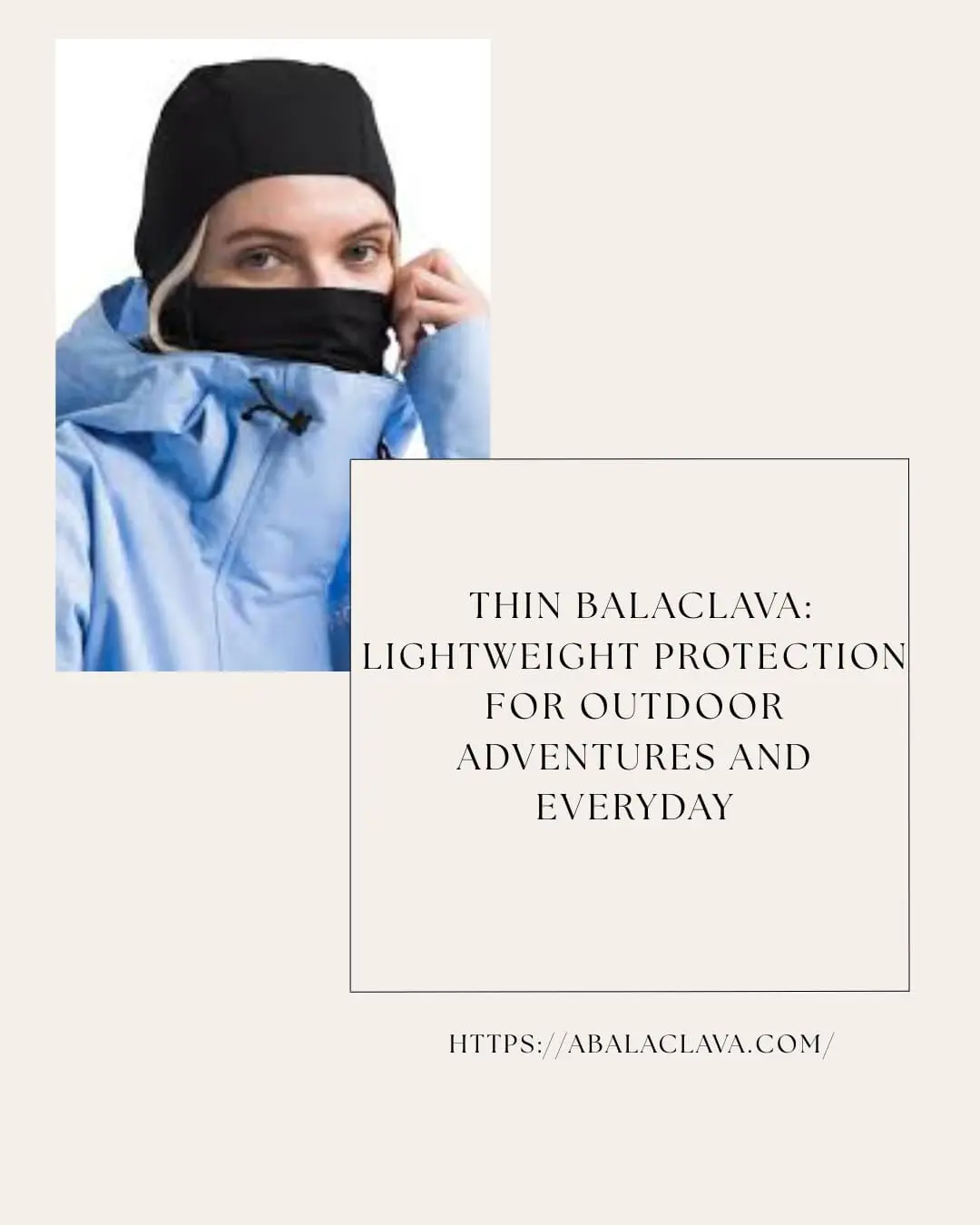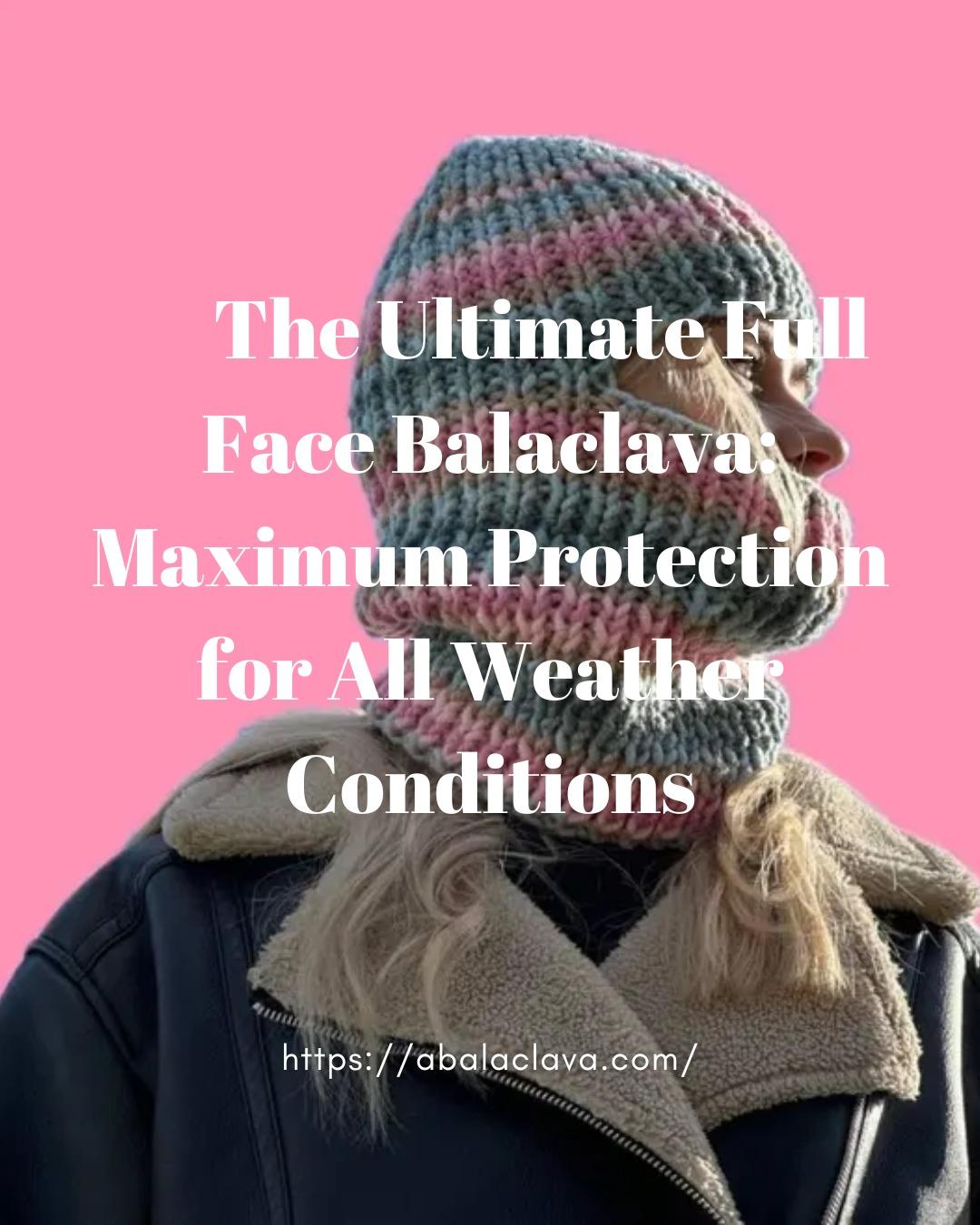How to Choose the Best Balaclava for Skiing & Snowboarding

Introduction
Protecting yourself from harsh winter conditions is essential when hitting the slopes. A balaclava is a must-have accessory for skiers and snowboarders, offering warmth, breathability, and protection against wind, snow, and cold temperatures. Choosing the best balaclava for skiing can significantly enhance comfort and performance during winter sports. In this guide, we will explore the key factors to consider when selecting a balaclava, the best materials for skiing, and expert recommendations to help you make an informed choice.
Why You Need a Balaclava for Skiing & Snowboarding
A balaclava is more than just a winter accessory—it is a crucial gear for any skier or snowboarder. Designed to cover the head, face, and neck, balaclavas provide several benefits:
- Protection Against Cold and Wind: The best balaclavas for skiing help retain body heat and shield your skin from freezing temperatures and harsh winds.
- Moisture-Wicking and Breathability: High-performance balaclavas wick away sweat and prevent moisture buildup, keeping your skin dry and comfortable.
- UV and Sun Protection: Reflective snow can intensify sun exposure, and a balaclava offers extra protection against UV rays.
- Enhanced Comfort Under Helmets: A well-fitted balaclava adds a layer of insulation without interfering with helmet fit or comfort.
- Prevention of Frostbite: Covering exposed skin reduces the risk of frostbite in extreme weather conditions.
Key Features to Look for in the Best Balaclava for Skiing
When selecting a balaclava for skiing or snowboarding, consider the following factors:
1. Material Matters
The material of your balaclava determines its warmth, breathability, and comfort. Some of the best materials for skiing include:
- Merino Wool: Known for its excellent insulation, moisture-wicking properties, and softness, merino wool balaclavas keep you warm while preventing overheating.
- Polyester and Synthetic Blends: These materials offer quick-drying capabilities and are lightweight, making them ideal for high-intensity activities.
- Fleece-Lined Balaclavas: For extreme cold, a fleece-lined balaclava provides extra warmth and comfort.
- Neoprene and Windproof Materials: These balaclavas are excellent for wind protection and are often used in high-speed skiing and snowboarding.
2. Fit and Comfort
A balaclava should fit snugly without being too tight. Look for options with stretchable fabric to ensure a comfortable fit under a helmet.
3. Breathability and Ventilation
A high-quality balaclava should allow easy airflow to prevent fogging in ski goggles. Look for designs with mesh breathing panels to enhance ventilation.
4. Versatility and Design
Different skiing conditions require different types of balaclavas. Choose from:
- Full-Face Balaclavas: Provide maximum coverage for extreme cold.
- Hinged Balaclavas: Offer flexibility by allowing you to adjust coverage as needed.
- Neck Gaiter Style: Covers the lower face and neck, suitable for milder conditions.
Best Balaclava for Skiing: Top Picks
To help you find the best balaclava for skiing and snowboarding, here are some top-rated options:
1. Smartwool Merino 250 Balaclava
- Material: 100% Merino Wool
- Features: Soft, moisture-wicking, and excellent warmth
- Best For: Cold conditions and all-day skiing comfort
2. Outdoor Research Ninjaclava
- Material: Polyester-Spandex Blend
- Features: Breathable, stretchy, and fits under helmets
- Best For: High-performance skiing and snowboarding
3. BlackStrap The Hood Balaclava
- Material: Synthetic moisture-wicking fabric
- Features: UPF 50+ sun protection, dual-layer fabric
- Best For: Versatile use in various weather conditions
4. Seirus Neofleece Combo Scarf
- Material: Neoprene and fleece
- Features: Windproof, breathable, and provides extra warmth
- Best For: Extreme cold and high-speed skiing
5. Burton Cora Fleece Balaclava
- Material: High-pile fleece
- Features: Soft, cozy, and stylish
- Best For: Casual skiing and après-ski activities
How to Wear a Balaclava for Maximum Comfort and Performance
To get the most out of your balaclava, follow these tips:
- Layer Properly: Wear a moisture-wicking base layer under your balaclava to stay dry.
- Adjust for Comfort: If using a full-face balaclava, ensure it sits comfortably under your helmet without restricting movement.
- Choose the Right Coverage: Select a balaclava with adjustable features to control how much of your face is covered.
- Ensure Proper Ventilation: Avoid fogging in goggles by choosing a balaclava with breathable mesh panels.
Maintaining and Cleaning Your Skiing Balaclava
To extend the lifespan of your balaclava, follow these care tips:
- Wash Regularly: After every few uses, wash your balaclava to remove sweat, dirt, and odors.
- Use Mild Detergent: Avoid harsh chemicals that could damage the fabric.
- Air Dry When Possible: Machine drying can shrink or damage certain materials, so air drying is recommended.
- Store Properly: Keep your balaclava in a dry place to prevent mold buildup.
Conclusion
Choosing the best balaclava for skiing ensures you stay warm, dry, and comfortable on the slopes. Whether you prefer a lightweight, breathable option for intense skiing or a fleece-lined balaclava for extreme cold, the right choice depends on your needs and conditions. With numerous styles, materials, and features available, finding the perfect balaclava will elevate your skiing experience and keep you protected throughout the season.
For more expert guides on balaclavas, visit Abalaclava.com and explore top-rated skiing accessories to enhance your winter adventures!









